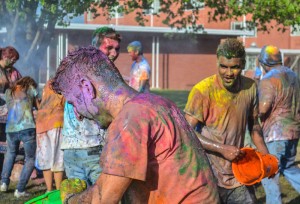
Holi hai! Colors are thrown in the air and a vast rainbow decorates students’ once-white T-shirts.
Once a year there is a celebration called the Festival of Colors, or the Holi Festival.
In past years, the international students have celebrated the event separate from other student organizations. This year, with the help of the Campus Activities Board and Indian Student Association, international students were able to bring their celebration to the rest of the student body.
CAB and ISA came together to bring the festival to campus Friday, April 18 in front of Old Richmond College.
The Society for the Confluence of Festivals in India work hard to raise awareness of the Holi Festival. They said the event is of Hindu background, but is in no way strictly religious. It is typically celebrated when the weather changes in early spring.
In India, people celebrate in a two-to-three day time frame, SCFI stated. The festival begins when the markets start selling bright colored flowers to change the mood of the locals. Then, on the night of the full moon, there is a big camp fire where families gather and express their joy with others. On the final day, there is a celebration with gulal or colored powder.
According to Sravan Mogudampally, graduate student from India, it is tradition for a husband to throw gulal on his wife first to symbolize that they are together.
“There is no discrimination,” Mogudampally said. “You come white and leave decorated with colors of every kind. We celebrate unity and diversity.”
The colors of the festival are not just chosen by random; each color symbolizes something.
The pink gulal is used the most because of its abundance. Most flowers bloom pink, therefore it is used the most because the gulal powder was originally made from crushed flower. In more recent years, the gulal has been artificially made for mass production, but in some parts of India, the original gulal is still made.
Shamike Stiles, sophomore from Aurora, Ill. and the Diversity Chair of CAB, approached ISA to put together the event herself.
“Holi facilitated laughs and conversation with individuals that otherwise wouldn’t socialize together,” Stiles said, “I hope that it created new friendships and connections between Murray State American students and international students.”
According to Stiles, CAB is interested in pairing with the ISA to continue the event in hopes that more students attend in years to come.
Prior to creating the festival on campus Stiles wasn’t sure of what it all entailed.
She said she learned the meaning of the festival is to have all participants begin with white garments, and then gather and throw their colors of gulal. At the end of the day, nobody is how they originally look, therefore no one can discriminate.
Stiles said even though Murray State’s campus is very diverse we do not often see events to incorperate the international and U.S. students. She said she wanted students to be open to other cultures and hopes the Holi festival built some bridges between them.
She said that during this day of celebration, people do not associate with rich or poor but rather with bonhomie, meaning friendliness and brotherhood.
Story by Kelsey Randolph, Staff writer.




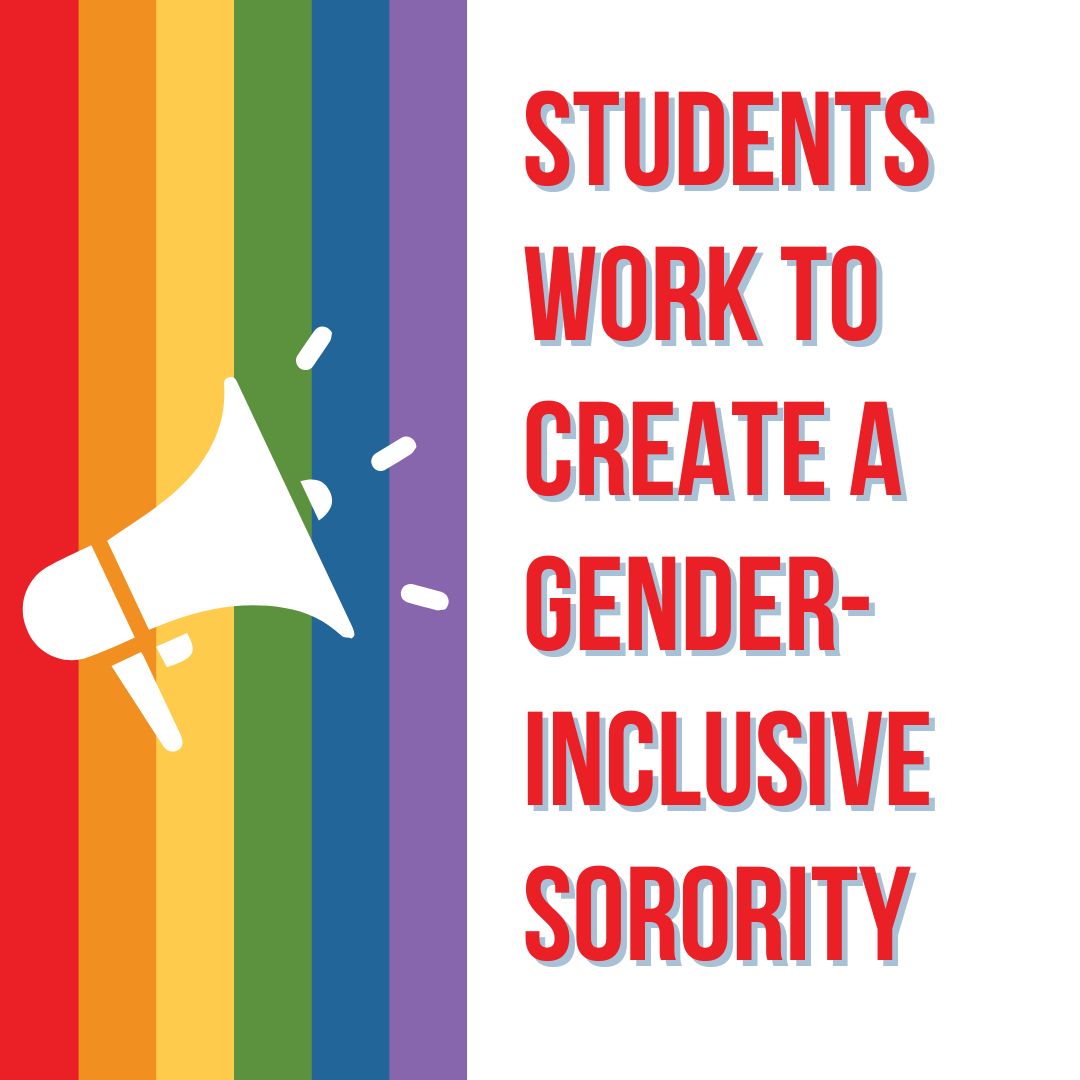


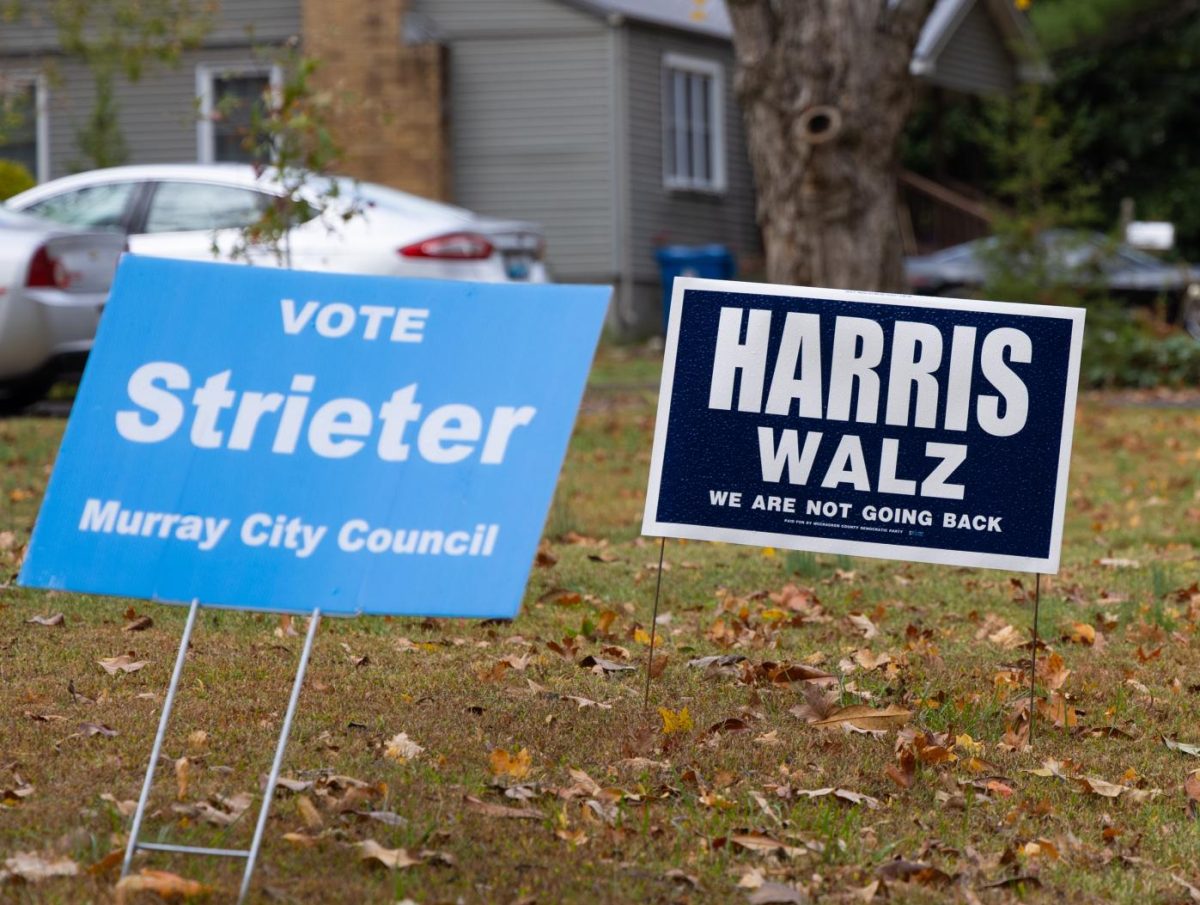
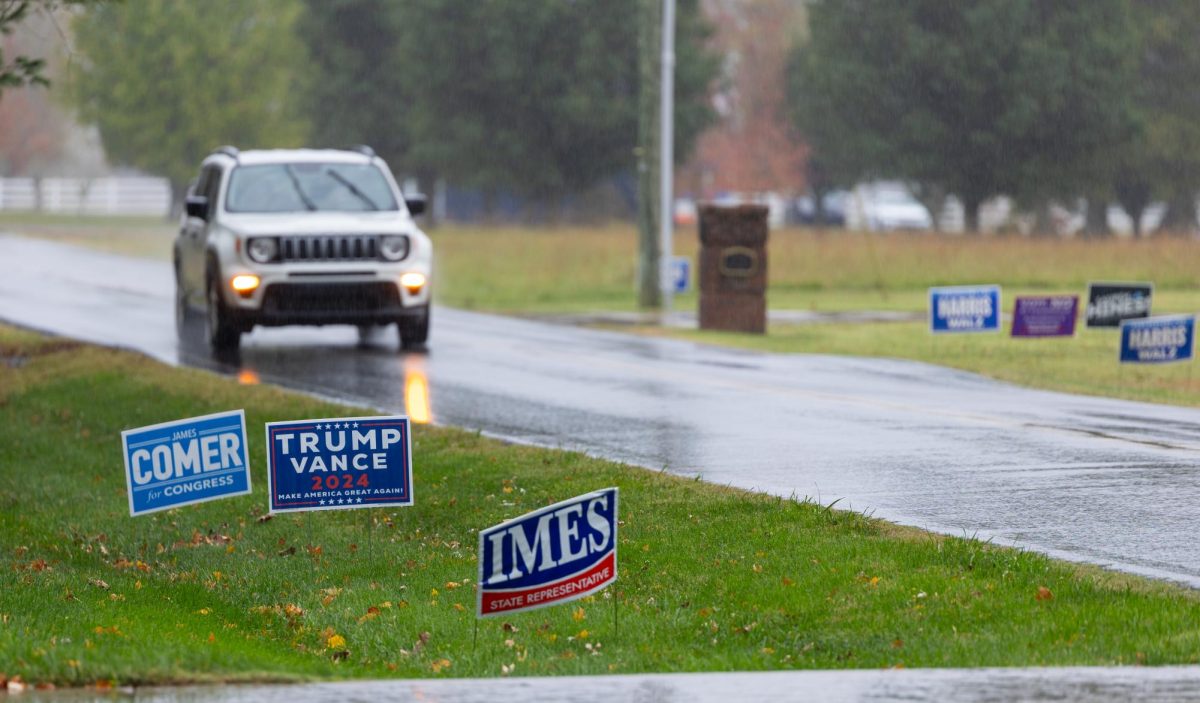











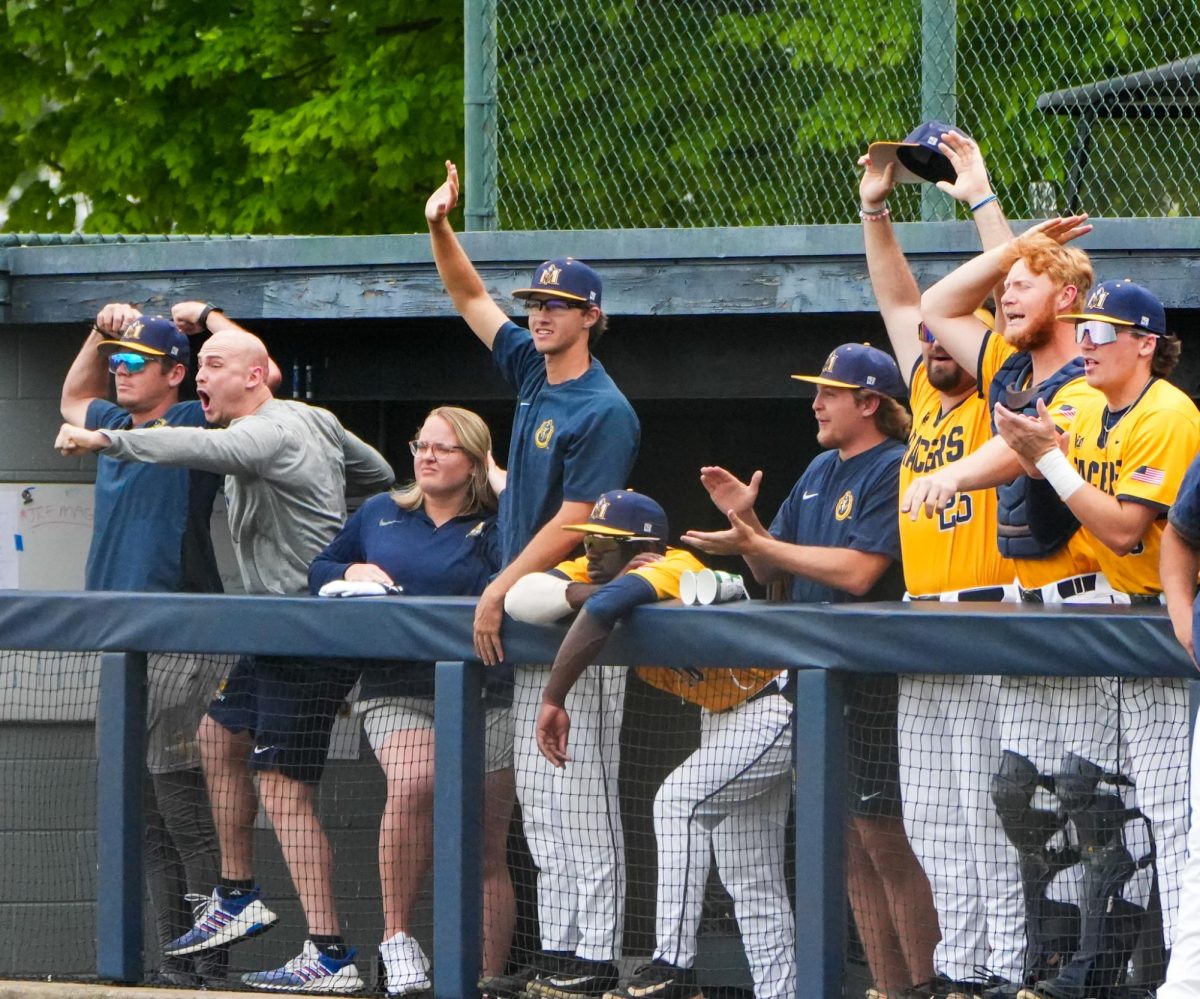
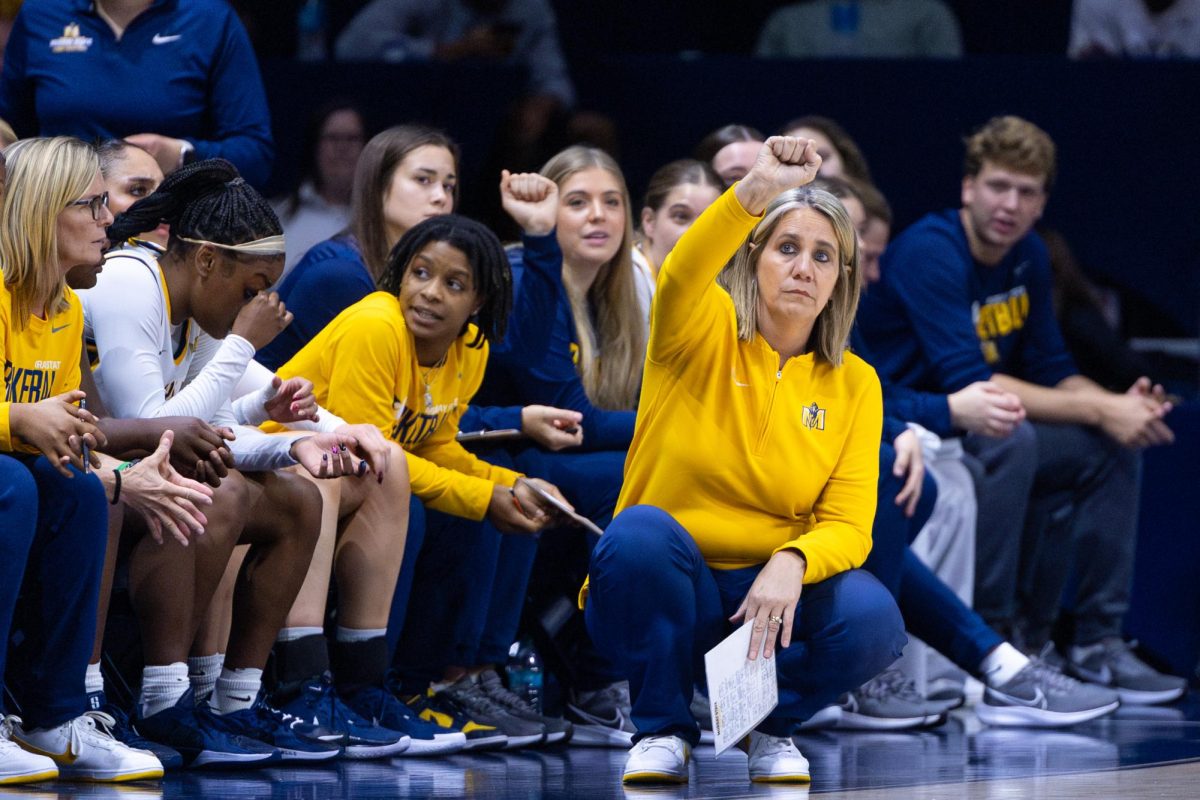
















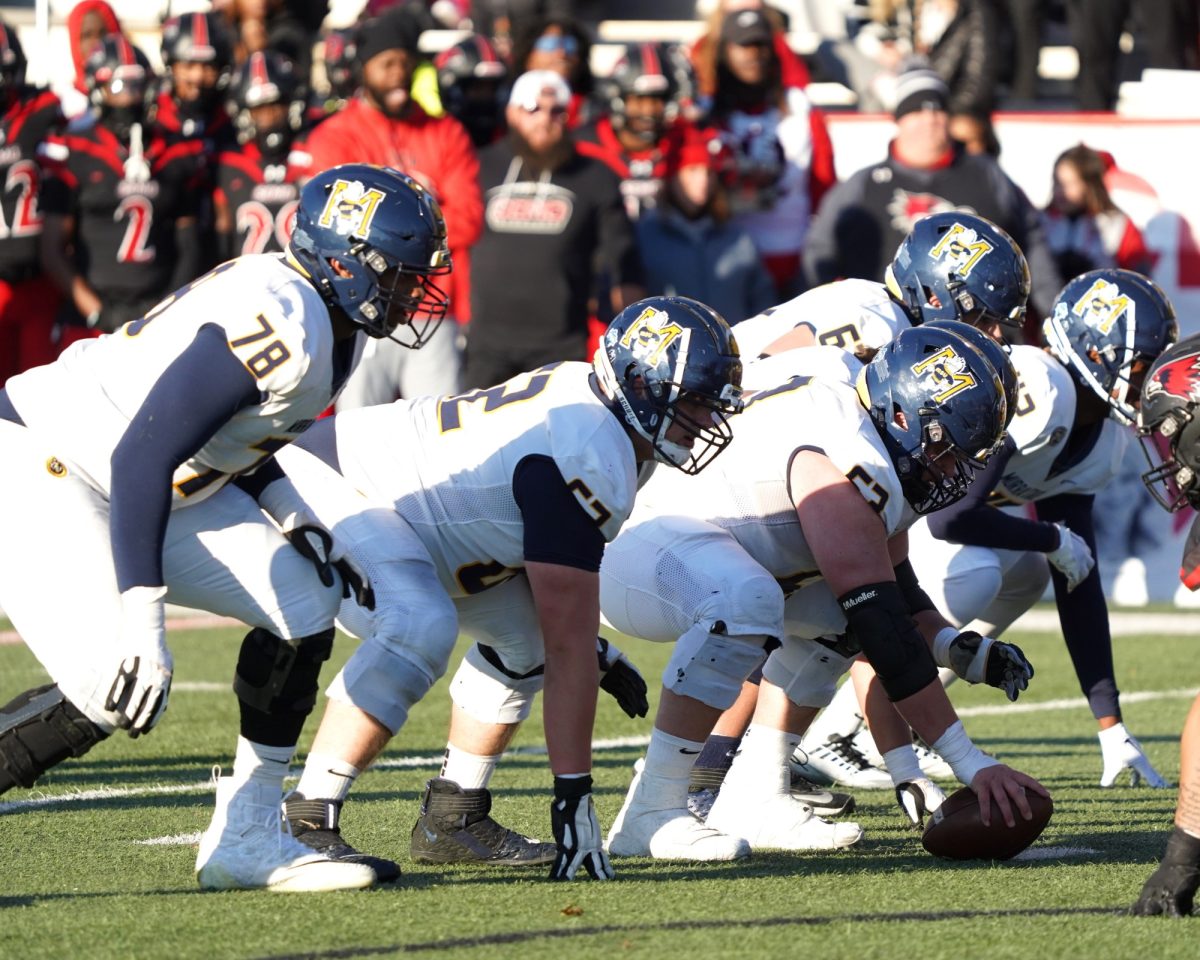


















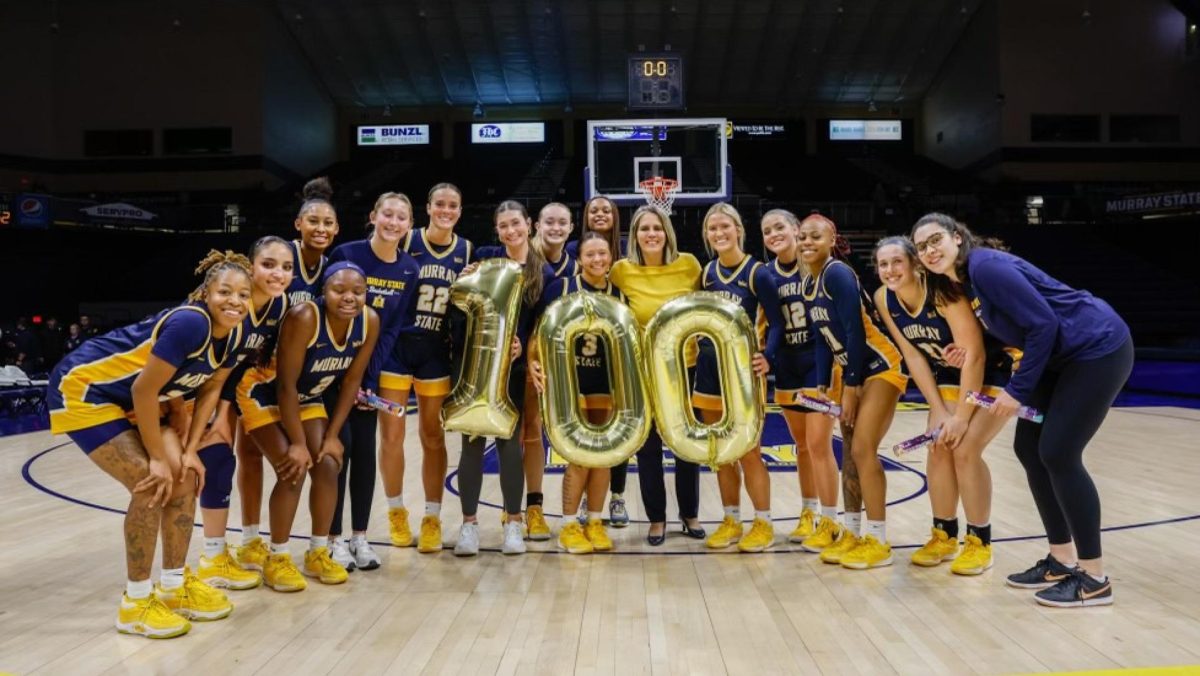
















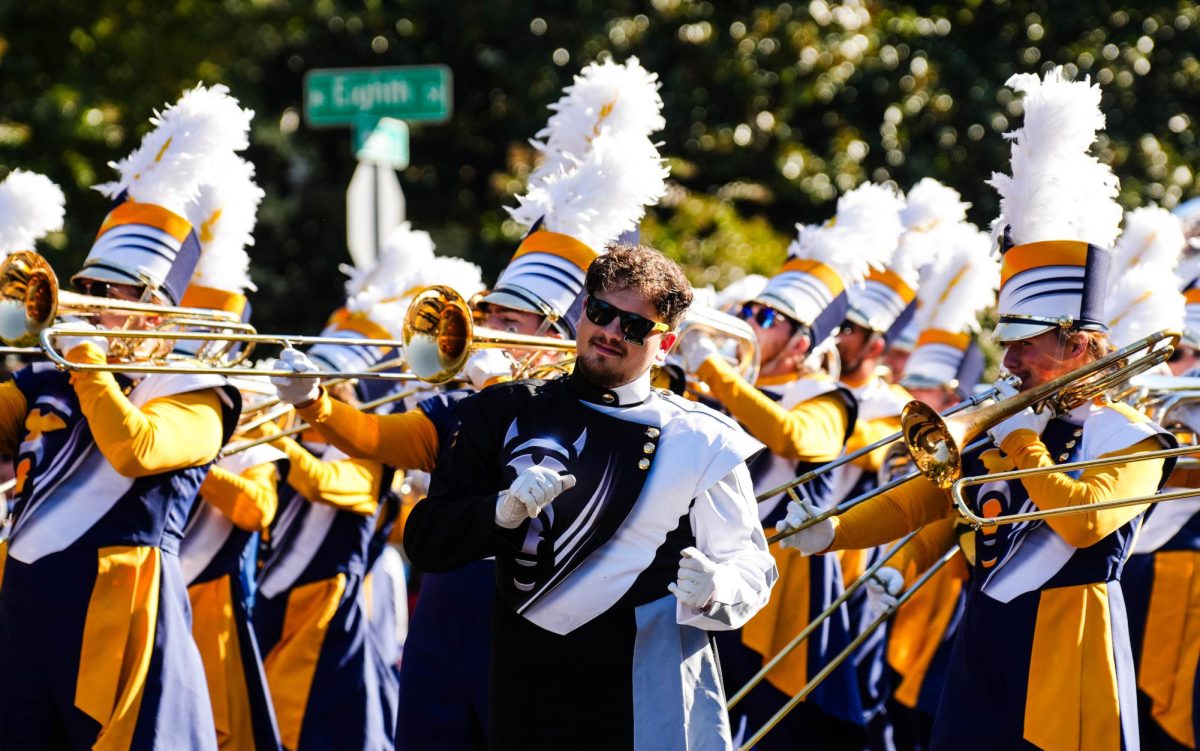






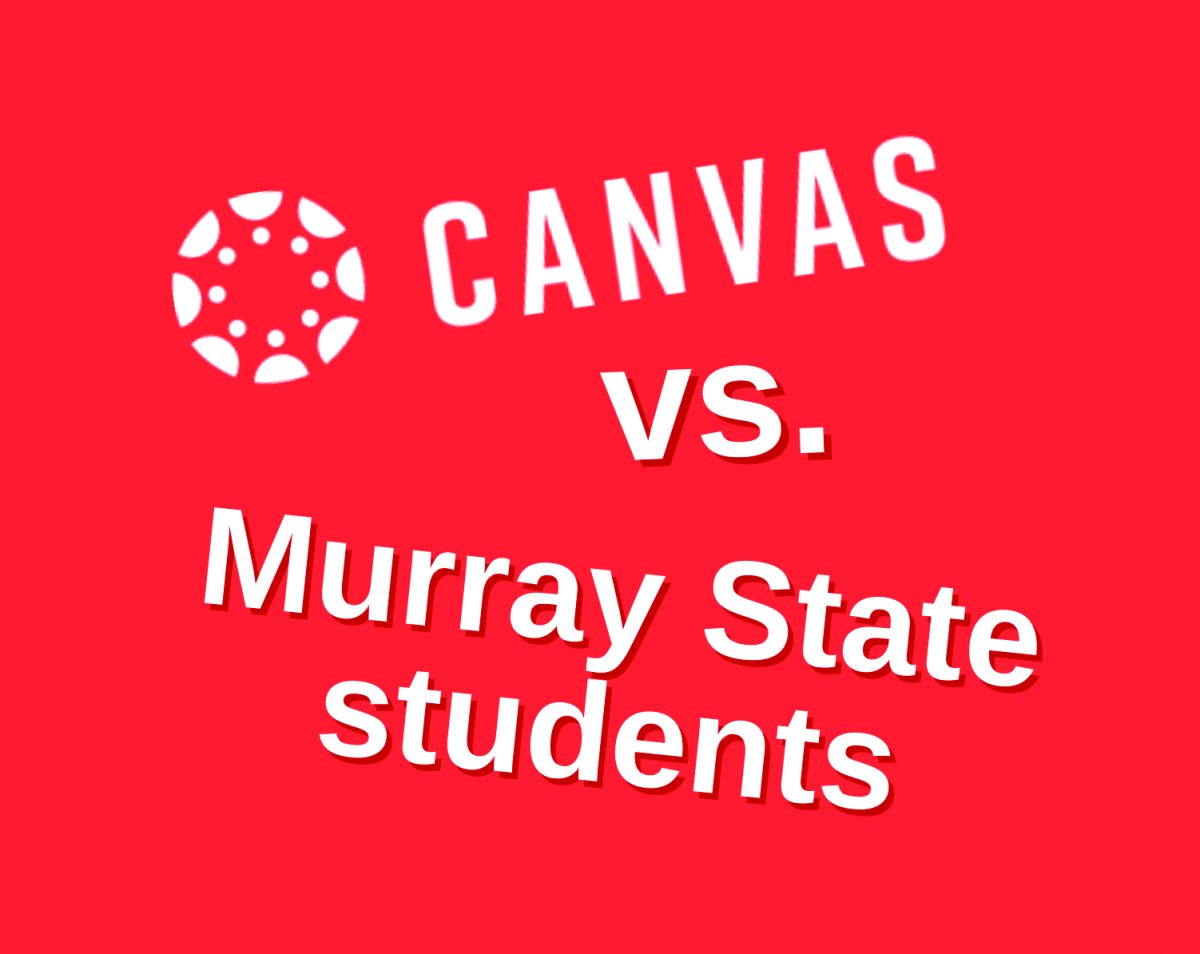








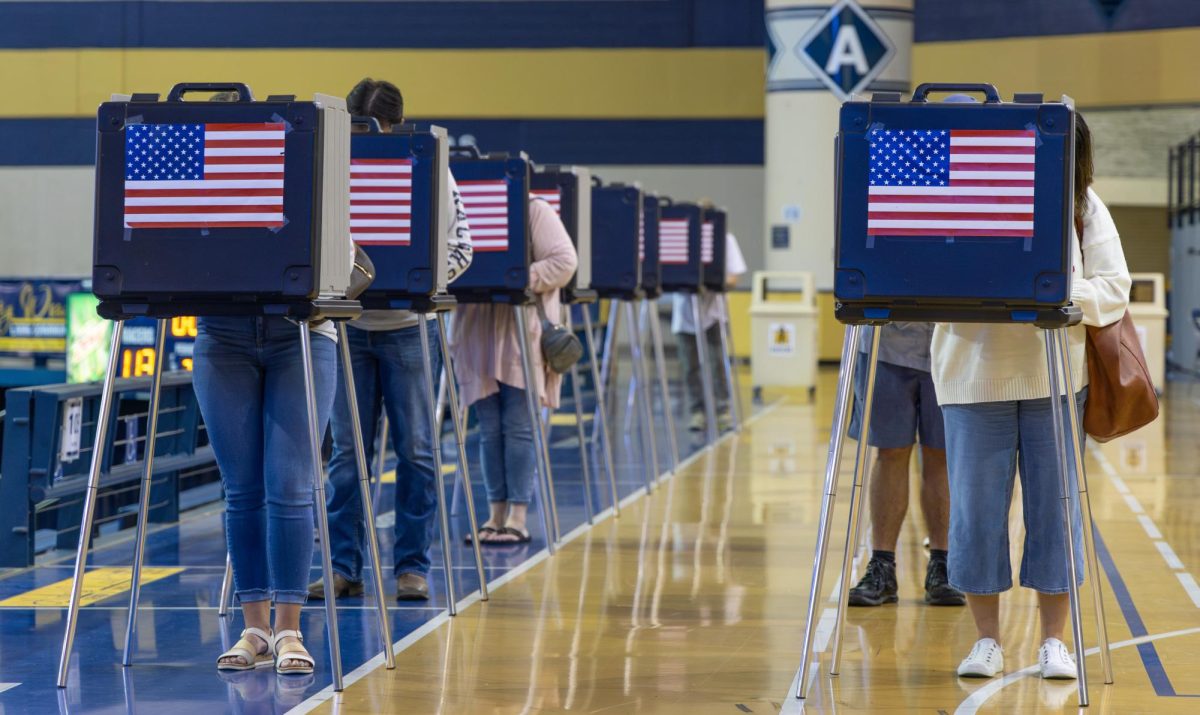



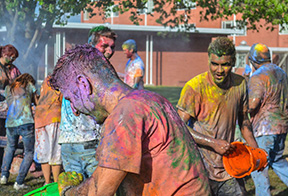





Lance Johnson • Apr 26, 2013 at 5:48 pm
Being an international student in the US is not easy, given our difficult language and confusing culture to be assimilated. Events like this help integrate all students. An interesting new worldwide book/ebook that also helps is "What Foreigners Need To Know About America From A To Z: How to understand crazy American culture, people, government, business, language and more.” It paints a revealing picture of America for those who will benefit from a better understanding, including international students. Endorsed worldwide by ambassadors, educators, and editors, it also identifies “foreigners” who became successful in the US and how they contributed to our society, including students.
A chapter on education explains how to be accepted to an American university and cope with such things as a new culture, friendship process and classroom differences they will encounter. Some stay here after graduation. It has chapters that explain how US businesses operate and how to get a job, a must for those who want to work for an American firm here or overseas. It also has chapters that identify the most common English grammar and speech problems foreigners have and tips for easily overcoming them, the number one stumbling block they say they have to succeeding here.
Most struggle in their efforts and need guidance from schools’ international departments, immigration protection, concerned neighbors and fellow students reaching out, and books like this to extend a cultural helping hand so we all have a win-win situation. Good luck to all at Murray State! http://www.AmericaAtoZ.com